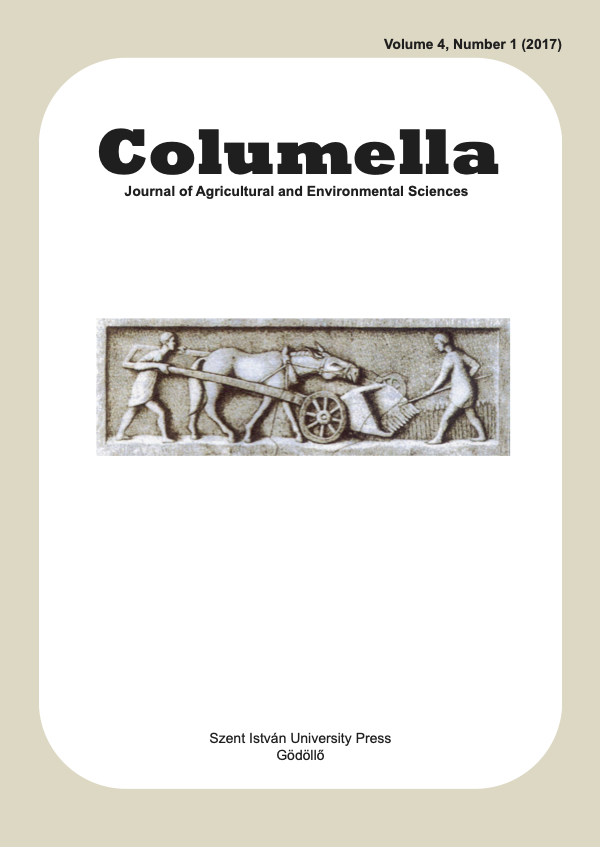Examination the health state with instrumental measurements and the diversity of sessile oak stands in Zemplén mountains
DOI:
https://doi.org/10.18380/SZIE.COLUM.2017.4.1.21Keywords:
sessile oak, Zemplén Mountains, FAKOPP 3D Acoustic Tomograph, health stateAbstract
Researching the naturalness of forests has been becoming more and more pronounced in Hungary, since the forest’s ecosystems are also concerned by the biosphere crisis, that is a global degradation of the biotic environment. This deterioration could be observed not only through the decrease of the extention of the forests, but also through the altering of their structures.
FAKOPP 3D Acoustic Tomograph have been used and coenological surveys have been carried out in 3 different layers. The examinations have been accomplished in sessile oak stands of the Zemplén Mountains, within 5 different age groups. According to the results of the instrumental measurements – except the youngest age group – the highest value of the rottenness is located in the closest layer to the topsoil, then upwards on the trunk it shows decreasing tendency. Among the stands the 80 years old age group proved to be the healthiest, while the 20 years old group had the worst values. Based on the Shannon and Simpson diversity, the most diverse age group in the ground layer is the 60 years old group, while in the canopy is the 80 years old group. The rottenness measured in the younger stands concerned the higher parts of the trunks and it has presumably evolved because of the frost cracks. The diversity values of the shrub and the ground layer followed the same tendency.
Downloads
Published
Issue
Section
License
Copyright (c) 2017 Petra Trenyik, Csilla Ficsor, András Demeter, Dominika Falvai, Szilárd Czóbel

This work is licensed under a Creative Commons Attribution-NonCommercial-NoDerivatives 4.0 International License.






